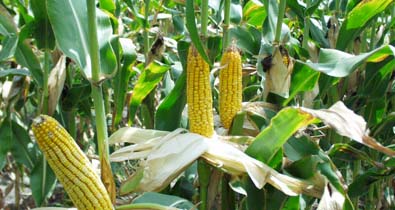Nanotechnology makes for pretty good science fiction, but how is it being used today to help us with basic stuff like growing food? Well, scientists are developing lots of tiny nanosensors that can help farmers detect pesticides and other chemicals on their crops.
The year is Star Date 2XXX and you have pulled out your tricorder to detect…
This is pretty good science fiction, but we don’t have sensors that can tell you at a distance if you are sick or if there is some kind of toxic chemical in the environment. But we do have ways of detecting some things at a distance. For example, scientists can look at the infrared spectrum of Mars and tell that there is methane in the planet’s atmosphere. That is because methane has a particular chemical signature and there aren’t a lot of things on Mars that have a chemical signature that is similar to methane.
The chemical signature is made up of the atoms and the bonds in the molecule. But for a lot of things, there isn’t an easy way to detect them because they don’t have a really unique chemical signature.
So one idea is to use tiny sensors that can bind to whatever it is you want to detect and send back a signal. The problem is to make them small and also have them require little or no power, because batteries or solar cells will make the sensors bigger and heavier.
Scientists are making tiny particles out of gold and coated with molecules that can bind to things like pesticides. Farmers could spray these particles on their fields to detect a chemical like a pesticide. The idea is to shine a very powerful laser on these particles and get an image that would tell the farmer where the pesticide was and where it wasn’t. Kind of like on those crime shows where they spray a chemical and then look for traces of blood with an ultraviolet light. These crop nanosensors would help farmers know where they have treated the crops, which would help to reduce the amount of chemicals that we use on our land.

